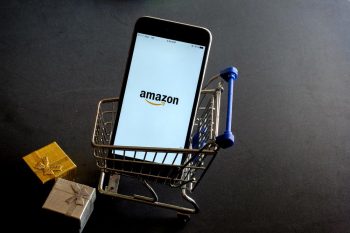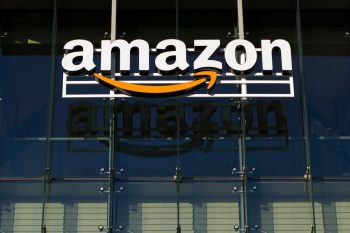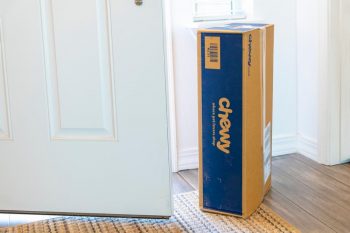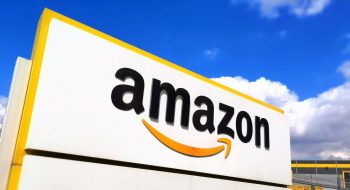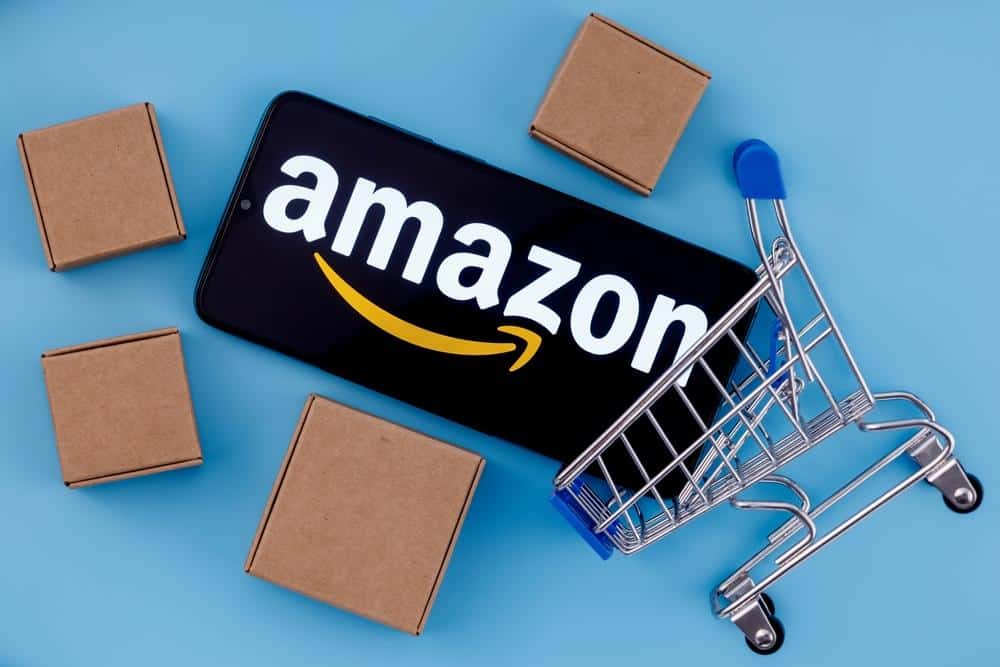
Amazon is a marketplace giant, with millions of deals and sales occurring every day. Whether you’re a consumer looking for the best time to snag a deal or a seller trying to understand the platform’s dynamics, it’s crucial to know how to determine the end date of an Amazon sale. This comprehensive guide will walk you through the process and provide insights into Amazon’s sales patterns, tools for tracking, and strategies to ensure you never miss out on a sale’s last day.
To determine the end date of an Amazon sale, visit the product page where the deal’s end date and time are typically displayed. For major sales events like Amazon Prime Day, the start and end dates are usually announced on Amazon’s website, newsletters, and social media channels. You can also use tools such as Helium 10, Jungle Scout, or Keepa to track sales data and duration. Setting up notifications or alerts on the Amazon app or through the Amazon Assistant browser extension can also help you stay updated on the sales end date.
Visiting the Product Page
The first step to determining the end date of an Amazon sale is visiting the product page on Amazon. Look for the “Lightning Deal” or “Deal of the Day” section on the product page, which will display the deal’s end date and time. Keep in mind that Lightning Deals are time-sensitive, so be sure to complete your order as soon as possible to secure the promotional discount.
Understanding Amazon’s Sales Patterns
Amazon typically holds sales throughout the year, with some of the most notable sales events being Amazon Prime Day and the recently introduced Prime Big Deal Days. These major sales events usually have a defined start and end date, which Amazon announces on their website and through their newsletters and social media channels.
Aside from these major sales events, Amazon also offers various deals and promotions, such as Lightning Deals, Best Deals, and Deal of the Day. These promotions can occur at any time and may last for a few hours or several days.
Utilizing Tools for Tracking Sales
Several tools and resources can help you track Amazon sales data and duration. Some popular tools include Helium 10, Jungle Scout, AMZScout, SellerApp, ManageByStats, Keepa, and Nozzle.ai. These tools can help you monitor sales data, product performance, and analyze market trends on Amazon.
Setting Up Notifications and Alerts
To ensure you don’t miss out on an Amazon sale’s last day, it’s advisable to set up notifications or alerts. You can do this through the Amazon mobile app, where you can enable notifications for watched and waitlisted deals. Additionally, you can use the Amazon Assistant browser extension to receive personalized deal notifications while shopping on your computer.
Common Misconceptions About Amazon Sales
There are several misconceptions about Amazon sales, including the belief that all sales end abruptly, all items sell out quickly, or that sales are exclusive to Prime members. It’s important to understand that while some popular products may sell out quickly during major sales events, many products remain available throughout the sale period. Also, while Prime members often get early access to deals, many sales are open to all Amazon customers.
In summary, determining the end date of an Amazon sale involves understanding Amazon’s sales patterns, utilizing tracking tools, and setting up notifications. By following these steps and strategies, you can stay informed about Amazon sales and make the most of your shopping or selling experience on the platform.
Frequently Asked Questions
Can I determine the end date of an Amazon sale if I don’t have an Amazon account?
Yes, you can. You can visit the product’s page on Amazon’s website to see the end date and time for “Lightning Deals” or “Deal of the Day”. However, for a more personalized experience and to set up notifications, it’s recommended to have an Amazon account.
Can I use these tracking tools for free or do they require a subscription?
Most of these tracking tools offer both free and paid versions. The free versions usually have limited features, while the paid versions offer more comprehensive data analysis and tracking capabilities.
Are all Amazon sales global, or do they vary by region?
Amazon sales can vary by region. Some deals may be available globally, while others are exclusive to specific regions or countries. It’s always a good idea to check the sale details on the product page or Amazon’s website.
How do I set up notifications or alerts on the Amazon mobile app?
To set up notifications on the Amazon mobile app, go to the app’s settings, select ‘Notifications’, and enable the notifications for ‘Watched’ and ‘Waitlisted’ deals.
Are Amazon sales only available for physical products, or do they also apply to digital products like ebooks and music?
Amazon sales apply to both physical and digital products. The type of product on sale will be specified in the sale details. Keep in mind that sales for digital products like ebooks, music, movies, and software may have different terms and conditions than sales for physical products.



